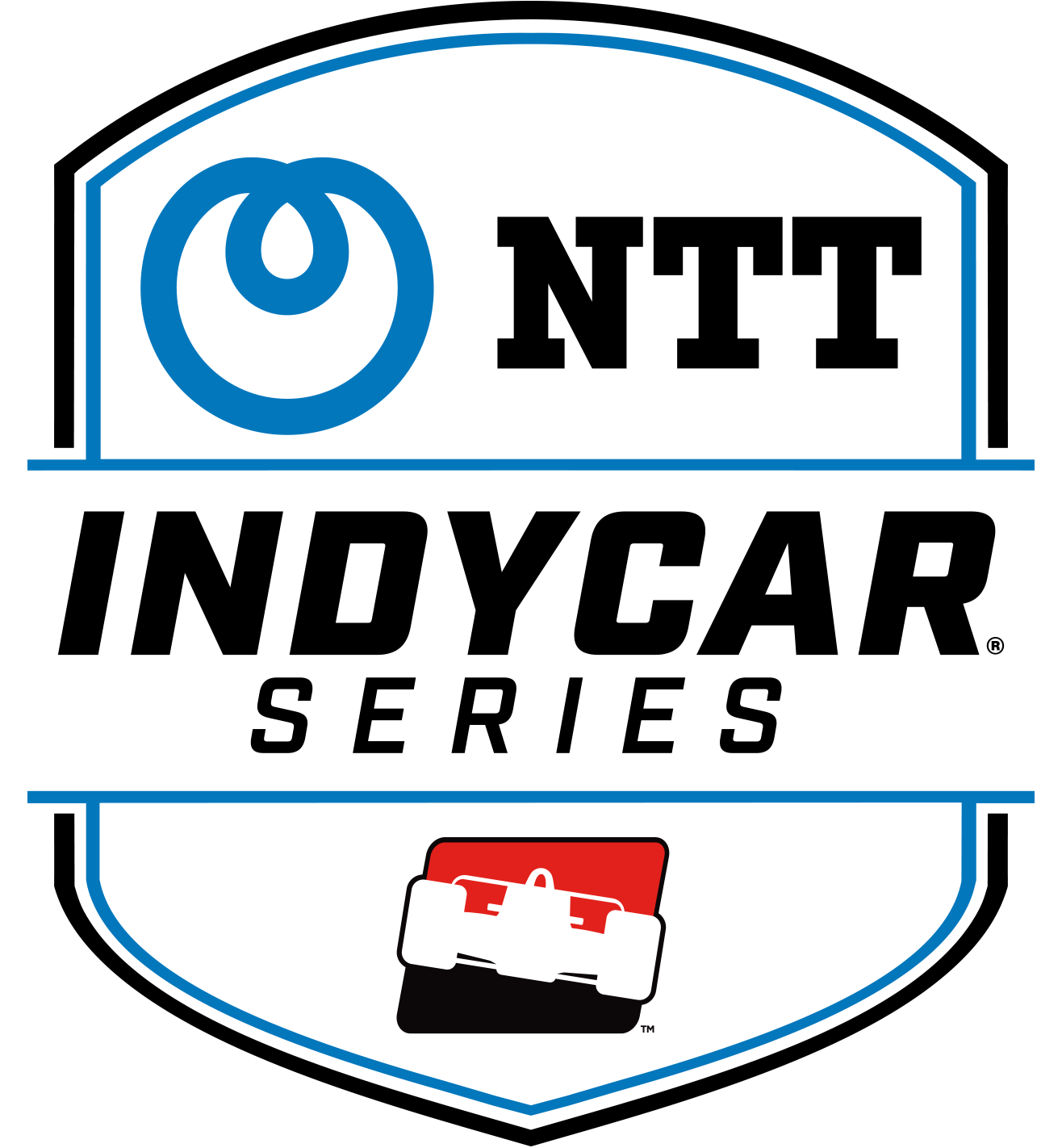INDYCAR's debut at COTA connected with right audience
MAR 26, 2019
The conversation during the shuttle ride after arriving in Austin last week went something like this:
Shuttle driver: What brings you to Austin?
Me: A race at Circuit of The Americas.
Driver: Who’s racing?
Me: INDYCAR. First race here.
Driver: Is that like F1?
Me, not out loud: We’re 500 yards from the hotel. How do I politely explain this in 500 yards?
Me, out loud: Somewhat, and somewhat not at all. It’s complicated. These are the drivers who race in the Indy 500.
Driver: Cool, I’ll have to check it out.
While waiting for the shuttle back to the airport Monday morning, I was hoping to get the same driver. I wanted to know what he thought of the whole thing at the INDYCAR Classic – the racing, the 18-year-old winner, the overall vibe. I wanted the perspective of someone who wasn’t a hardcore fan, someone who didn’t know the difference between Formula One and the NTT IndyCar Series. Unfortunately, he wasn’t on duty, so the opportunity was missed.
What he saw, and what I hoped he would’ve pointed out afterward, was something that's overlooked inside the bubble. Too often, fans who are deeply into racing – and, more specifically, deeply into the INDYCAR portion of it – miss what the casual observer sees. For every jaded and cranky superfan, there are dozens of new observers, eyes wide and mouths open. Those people are and should be the target market. They are the vessel of growth.
To wit: A few walking laps through the paddock, garages and pits during the weekend revealed numerous sights of newbie fans, phones in hand, in awe of what they were seeing. One group, their leader carrying a toy T-Rex, stopped to hand it to a crew member sitting in a car waiting to be towed to the pits. They took photos of the crew member holding the T-Rex, thanked him and moved on to the next car.
The significance of the T-Rex wasn’t clear, nor was it clear if they knew the crew member wasn’t the car’s driver. But it was clear that they were enjoying everything around them, and it was something they’ll never forget. It was a spectacle, and they weren’t just watching it. They were participating in it.
On race day, young drivers from the USAC .25 National Series quarter-midget races being held at COTA during the weekend held the numbered signs for each car on the grid. They met drivers and had photos taken with them, interactions they’ll remember for a lifetime. At times it appeared as if the pro drivers enjoyed it more than the young drivers.
Thank you to all of the @IndyCar drivers, teams, officials and fans that engaged and embraced the young @USAC25Series drivers before the @COTA #INDYCARclassic! These kids are now fans for life!☺️ pic.twitter.com/KvBFnngZgv
— Danielle Frye (@dfieldsfrye) March 26, 2019
What the casual fan at COTA didn’t know, though, was what the superfans did: This race carried enormous potential to fail. Between the controversy over track limits and the frequency of spins during practice and qualifying, the race could’ve been messy. It could’ve left a mark. It could’ve been ammunition for people in the land of perpetual complaints.
Instead, it became an exceptional story. Colton Herta, days from his 19th birthday, became the youngest winner in the history of Indy car racing. He did it with a car that carried few corporate logos. He did it with a team that has struggled to carry on. He did it with uncommon maturity and wit.
What happened at COTA was a positive story in the face of potential negativity. It wasn’t a perfect show, but it was a show. For those of us who occasionally lose perspective on the underlying point – that this is entertainment; it should be entertaining – Herta’s victory was a refreshing reminder of what it can be. The result was fresh, unusual and compelling. It appealed to the fans with the T-Rex and the quarter-midget drivers. It appealed to the people who are necessary to take the sport beyond the base.
Those new fans will return next year. They’ll probably make a point to watch the next race. They most certainly will be interested when May rolls around.
I’m eagerly awaiting next year’s shuttle ride in Austin. I have a feeling the driver will want to talk about the teenager who won the race the year before.






















